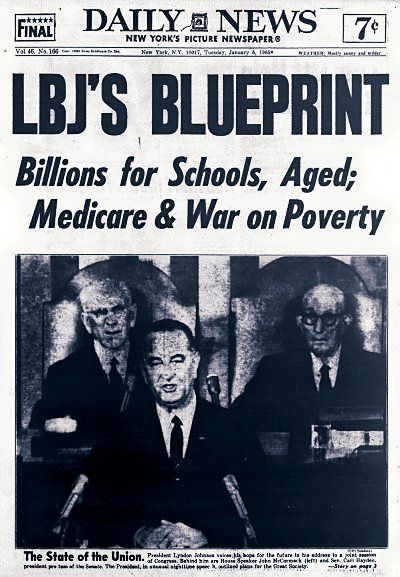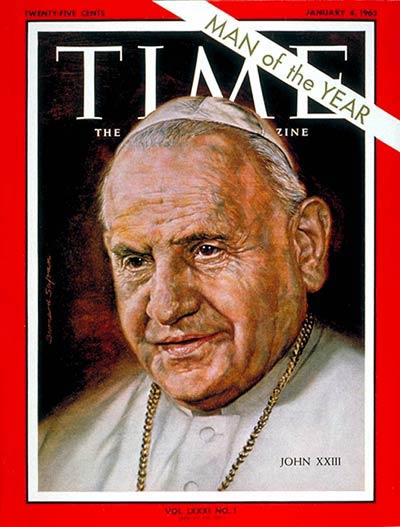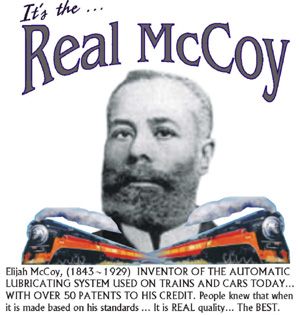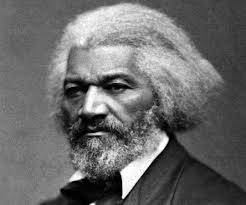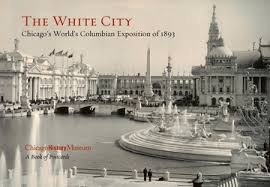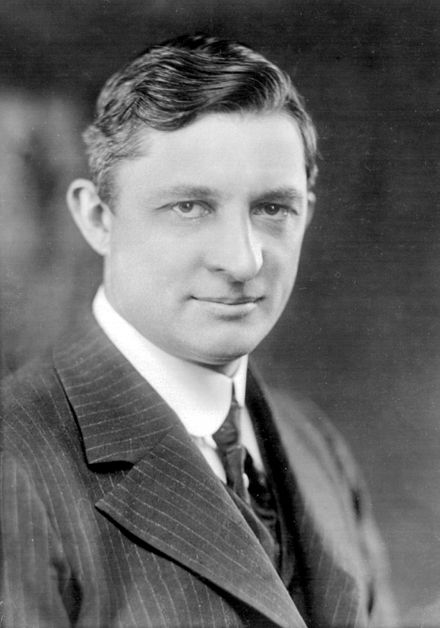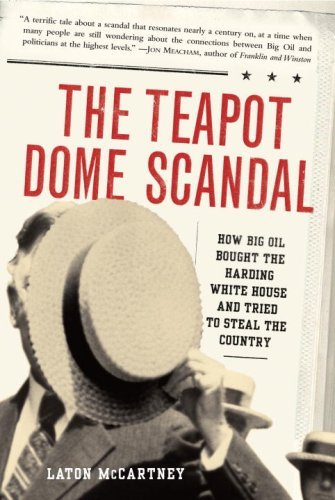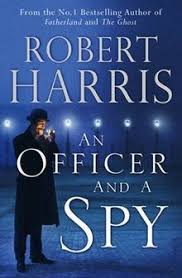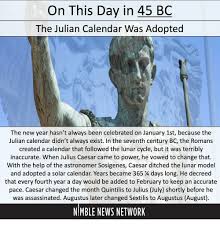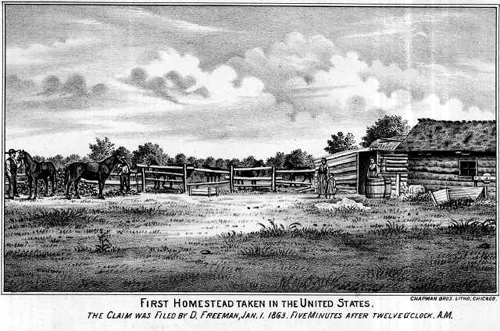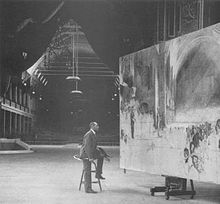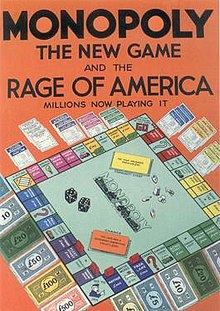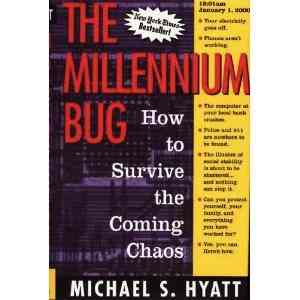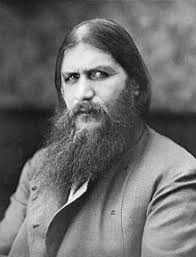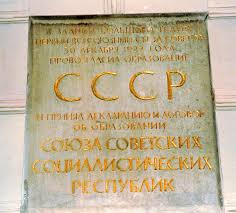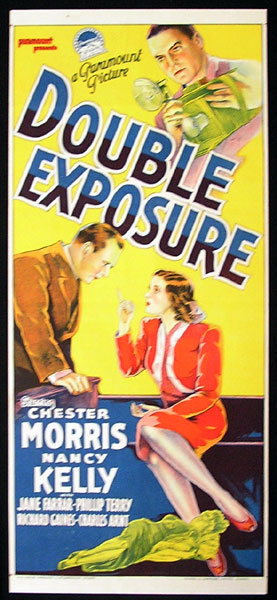IMDb runtime of one hour and four minutes, rated 6.1 by 209 cinematizens
Genre: Old Dark House
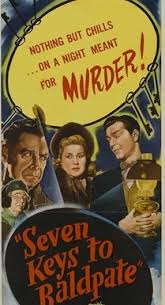
Verdict: Shiver!
On a speeding train Spectacles is typing away on a barely portable typewriter. He has pages and pages of a manuscript. Just as the train slows for his two-minute stop at Asquewan Junction the lights go out in his first class compartment and….. the manuscript disappears. He shrugs off the loss of hours of work and disembarks. (!)
‘He shoulda saved to the Cloud,’ chorused the fraternity brothers.
Unlike Spectacles, viewers saw a dainty female hand turn off the light switch before the manuscript went poof.
At the Asquewan Junction depot a blizzard rages. As Spectacles prepares to walk ten miles to the Baldpate Inn, Blondie appears and warns him not to go because ‘It’s dangerous.’ She then takes refuge in the ladies’ room.
To abridge, Spectacles is a well published writer of ‘mysteries of the intellectual sort’ who had complained of distractions throwing him off schedule. Encouraged by Ellery Queen, he bets his publisher $5,000 he can finish a novel in a single night of uninterrupted work. The publisher called this bluff by offering him the only key to the empty Baldpate Inn. The inference is that the publisher wants the book finished, but he does not want to lose the $5000 bet, so he sent along Blondie to gum up the works.
Far from being vacant Spectacles finds a sinister European-accent in residence at Baldpate Inn claiming to be the caretaker. To make matters ever more menacing, European-accent wears an ascot! This is serious.
Blonde fetches up at the Inn, too, in need of shelter from the blizzard, she says, but she soon blows her cover and Spectacles starts to work when he realises the trick. Nothing will stop him from the work!
As more and more stereotypes show up, the tough moll, the hoodlum, the fence, the whiner, and the brain it seems there are a lot of keys to the Baldpate Inn out there. But Spectacles thinks all of these people have been hired to disrupt him. With that ego he should go into politics.
With about eight people in the empty Inn the villainous stereotypes start murdering each other. It seems there is a stash of jewels and a huge payoff going. They met there on the assumption the place would be empty. Now there is no room at the Inn.
There are satisfying numbers of creaks and moans in the Old Dark House, sliding panels, hidden doors, and the other accoutrements of mystery homemaking. As Spectacles begins to realise there is more at stake than his ego, he confronts situations such as he has written in his books, only to find that the responses he imagined on paper don’t cut it in reality. That is a nice running gag. I took it to be a jocular reference to his alter ego Ellery Queen.
Another running gag is his repeated attempts to start his next novel by typing a title page which starts as ‘One Key to Baldpate’ and by the end is ‘Seven Keys to Baldpate’ and counting.
Loose ends, there are a few, the missing manuscript pages from the train are never again mentioned! Gasp. While the name ‘Baldpate’ would seem to be a joke, nothing is made of it in the story.
This is a remake of a version done in 1937 which is also on You_Tube along with an earlier 1929 version. There were silent versions still earlier. Evidently a tried and true story for which the fees had been paid. I tried the 1937 version but found the audio out of sync and lost interest.

The original story was by Charles Chan’s creator Earl Derr Biggers.
Lew Landers directed in the house style of RKO, i.e., fast and furious. Landers has a 150 directing credits on the IMDb with six or more B movies a year. Philip Terry played Spectacles to a T. There is some goss on him in the discussion of ‘Double Exposure’ (1944) elsewhere on the blog. The assorted character actors were fine until they got bumped off. Harry Harvey as the local police chief is a delight as he applies common sense to the denouement.


